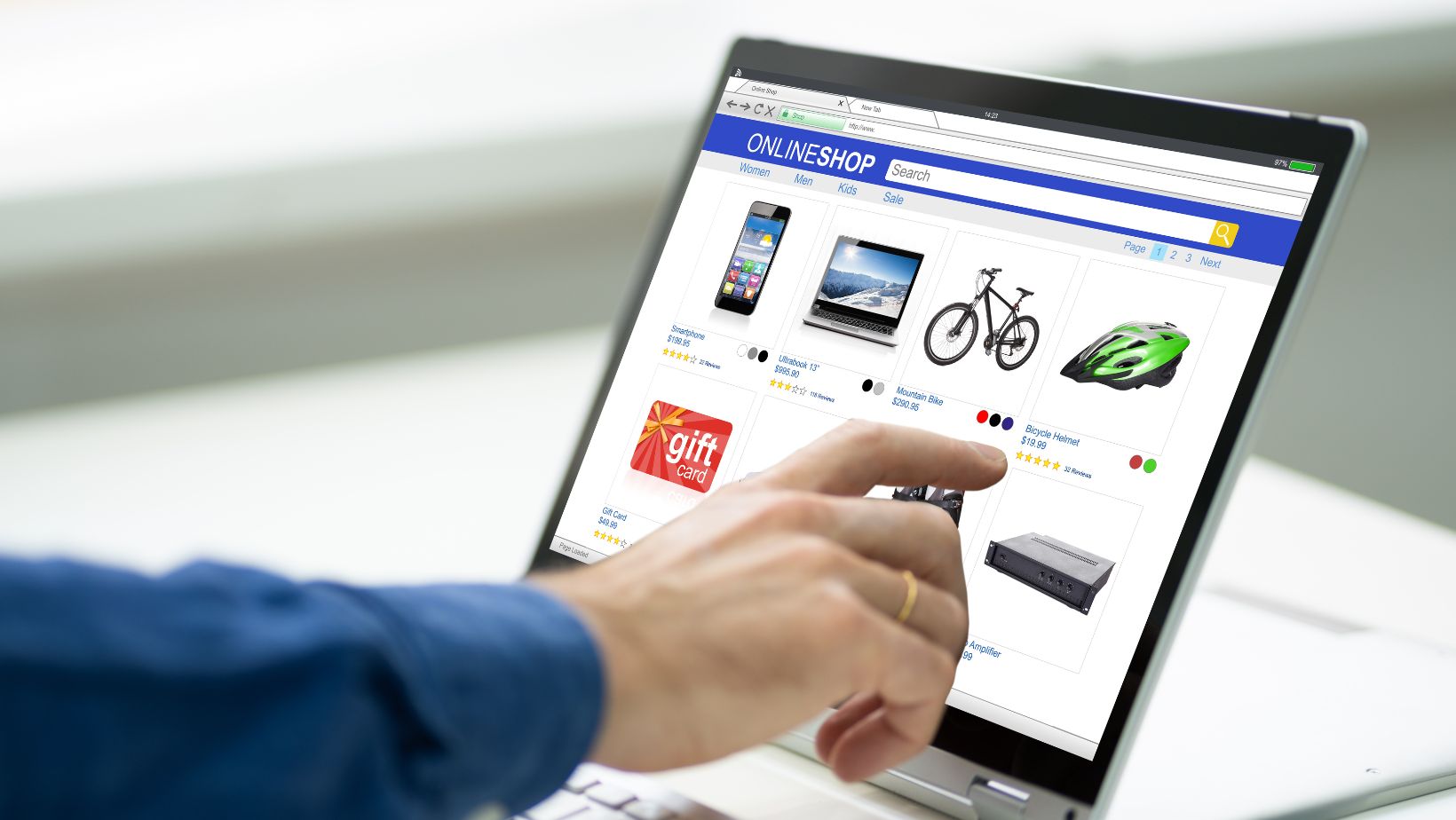Flexible lines of credit have quietly become one of the most valued financial tools among modern consumers. In contrast to traditional loans, these revolving credit options provide a layer of adaptability that aligns with changing lifestyles. Whether managing irregular income, handling unexpected expenses, or simply seeking better control, many consumers now favor open-ended access over rigid lump sums.
This evolution reflects a growing desire for customized solutions that match today’s fast-paced, digital-first habits. As financial behavior shifts from long-term planning to real-time adaptability, the demand for flexibility is influencing how lenders structure credit access. This article unpacks the key reasons flexible lines of credit are increasingly resonating with modern users.
On-Demand Access Matches Modern Spending Habits
In the past, credit products were structured around long-term commitments and fixed borrowing limits. Today, consumers want tools that mirror the way they shop, earn, and pay: fast, on-demand, and responsive. Flexible credit lines offer instant access to funds when needed, without requiring a full loan application every time.
For consumers using gig economy platforms or those juggling multiple revenue streams, having a line of credit ready eliminates delays. It acts as a buffer, not a burden. The ability to borrow small amounts multiple times, repay early, or carry a balance only when required gives consumers financial breathing room without the formality of traditional loan structures.
Apps and digital platforms have made this process seamless. Funds can be accessed in just a few taps, directly into a user’s account. The experience feels more like managing a budget than applying for debt. This ease of use reinforces the appeal of flexibility over commitment-heavy alternatives.
Adapts to Unpredictable Income and Expenses
Not all income arrives on a schedule, and not all expenses wait until payday. Many workers now operate on freelance contracts, seasonal gigs, or hybrid payment models. That’s where flexible credit truly shines. It fills the gaps between income cycles, supports temporary cash flow needs, and allows users to respond to life’s timing rather than the bank’s.
With traditional loans, borrowers must calculate the exact amount in advance, often overshooting or underestimating needs. A flexible credit line removes that guessing game. Borrowers can use only what they need, when they need it, and pay interest only on that amount. This makes the tool cost-efficient over time, especially when compared with high-interest payday loans or frequent credit card use.
For households balancing irregular expenses such as tuition fees, vehicle repairs, or medical bills, this flexibility becomes more than just a convenience. It becomes a strategic advantage, allowing families to preserve savings while still meeting urgent financial obligations.
Digital Platforms Make Management Effortless
A major part of the appeal lies in how these tools are delivered. Digital-first lenders have removed friction from the entire process. Approvals are faster, interfaces are cleaner, and updates are instant. Users no longer wait in branches or fax paperwork. Everything, from drawdown to repayment, is digitally native.
The simplicity of mobile-first access changes how people engage with credit. It becomes part of everyday finance rather than a separate, formal system. Consumers check balances as easily as they check messages. They update repayment terms in-app. They see available credit alongside bank balances.
Online providers like NinjaCard are setting a new standard by offering streamlined credit access built around mobile functionality. Their platforms prioritize speed, security, and user experience, helping consumers stay in control without navigating complex banking systems.
Control and Customization Appeal to Younger Consumers
Younger generations are not just digital natives; they are control-oriented consumers.
Flexible Repayment Aligns With Monthly Realities
Instead of being locked into long repayment schedules, users can shift their strategy monthly. They can pay more one month, pull back the next, or draw again without reapplying. Everything is tracked in real time, often through a clean mobile dashboard.
This fosters a stronger sense of financial control, which appeals to users trying to build credit or avoid long-term debt traps.
Real-Time Tools Build Financial Awareness
Many platforms also offer notifications, spending summaries, and predictive alerts. These features allow users to make informed choices. The blend of flexibility and visibility gives modern consumers exactly what they want: access without stress and control without friction.
Budgeting Is Simpler With Real-Time Credit Access
Monthly budgeting often fails when fixed income meets unexpected expenses. In those moments, having a line of credit can stabilize a financial plan instead of disrupting it. When used strategically, a flexible credit product can enhance budget discipline.
Unlike credit cards, which often encourage impulsive spending through large limits and rewards systems, many lines of credit focus on utility. They integrate more cleanly with budgeting tools, categorizing each use and linking with financial tracking apps.
This integration enables consumers to plan. They can model repayment scenarios, understand interest impact before borrowing, and allocate funds more precisely. The result is not just a better borrowing experience but stronger financial health. Borrowers stay proactive, not reactive.
Versatility Supports Multiple Life Stages
The same product can support vastly different needs depending on where the user is in life. Here are some examples of how flexible credit supports varied lifestyles:
- College students managing school and living costs,
- Young families handling variable childcare expenses,
- Mid-career professionals facing home or career transitions,
- Small business owners who need short-term working capital.
As careers progress and financial needs grow, users continue to benefit from the same tool. It can bridge timing gaps between home sales and purchases, support business startup costs, or provide security during career transitions.
This versatility means that users don’t need to close one account and open another with each new life stage. The longevity and adaptability of a flexible line of credit make it a useful partner over time, not just a temporary fix.
The Long-Term Role of Flexible Credit Tools
Flexible lines of credit aren’t just a trend. They are part of a larger shift toward real-time, user-first finance. Their popularity comes from how well they fit into the rhythm of modern life. From digital access to customized repayment options, they serve a practical function across income levels, life stages, and spending habits.
Rather than replacing savings or creating unnecessary debt, these credit lines act as financial bridges, used strategically, repaid quickly, and integrated into smarter money management.
In a landscape where adaptability is the new stability, it’s easy to see why flexible credit is becoming a cornerstone of modern personal finance.














